The Art of Properly Washing and Conditioning Your Hair | |
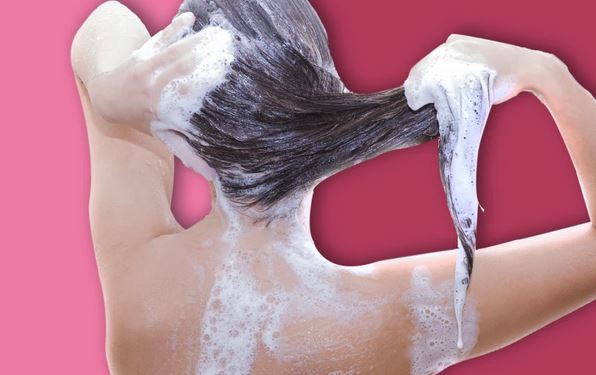
| |
Washing and conditioning your hair may seem like a simple task, but there is an art to doing it correctly. Proper hair care is essential for maintaining healthy, beautiful locks. In this article, we will explore the best practices for washing and conditioning your hair to ensure optimal cleanliness, moisture, and overall hair health. 1. Choosing the Right ProductsBefore we dive into the washing and conditioning process, it's crucial to choose the right products for your hair type. Different hair types require different formulations, so consider the specific needs of your hair, whether it's dry, oily, damaged, or color-treated. Look for shampoos and conditioners that are specifically designed to address your hair concerns. 2. Preparing Your HairTo ensure effective cleansing and conditioning, it's important to prepare your hair properly before you even step into the shower. Here are a few steps to follow: a. Brush your hair: Start by gently brushing your hair to remove any tangles or knots. This will prevent further tangling and make the washing process easier.b. Rinse with warm water: Before applying shampoo, thoroughly wet your hair with warm water. This helps to open up the hair cuticles and allows the shampoo to penetrate deeply.3. Shampooing TechniquesProper shampooing techniques are essential for removing dirt, excess oil, and product buildup from your hair. Follow these steps for an effective shampooing process: a. Use the right amount of shampoo: Pour a coin-sized amount of shampoo into your palm. Avoid using too much as it can lead to product buildup and make your hair look greasy.b. Apply to the scalp: Focus the shampoo on your scalp rather than the lengths of your hair. Gently massage the shampoo into your scalp using your fingertips in circular motions. This stimulates the scalp and promotes blood circulation.c. Rinse thoroughly: Rinse your hair with lukewarm water until all the shampoo is washed out. Be sure to rinse your hair completely to avoid any residue.4. Conditioning TechniquesConditioning is crucial for replenishing moisture, adding softness, and detangling your hair. Follow these steps for effective conditioning: a. Choose the right conditioner: Select a conditioner that complements your hair type and concerns. If you have oily hair, focus the conditioner on the ends rather than the roots.b. Apply and distribute evenly: After rinsing out the shampoo, apply the conditioner to your hair. Start from the mid-lengths to the ends, as these areas tend to be drier. Use a wide-toothed comb to distribute the conditioner evenly and detangle any knots.c. Leave it on: Follow the instructions on the conditioner bottle for the recommended time to leave it on. This allows the conditioner to penetrate the hair shaft and provide maximum hydration.d. Rinse with cool water: Rinse your hair with cool water to seal the cuticles and lock in moisture. This helps to enhance shine and manageability.5. Post-Washing CareAfter washing and conditioning your hair, there are a few additional steps you can take to promote overall hair health: a. Towel-dry gently: Avoid rubbing your hair vigorously with a towel as it can cause damage and frizz. Instead, gently squeeze out excess water and pat your hair dry.b. Apply leave-in conditioner or hair serum: If your hair tends to be dry or frizzy, consider applying a leave-in conditioner or hair serum to provide extra moisture and protection.c. Avoid heat styling: Whenever possible, allow your hair to air dry naturally. Excessive heat styling can damage your hair and lead to dryness and breakage. If you must use heat, always apply a heat protectant spray before styling.6. FAQs (Frequently Asked Questions)FAQ 1: How often should I wash my hair?The frequency of washing your hair depends on your hair type and personal preference. For most people, washing every 2-3 days is sufficient. However, if you have oily hair, you may need to wash it more frequently, while those with dry hair can wash less often. FAQ 2: Can I use conditioner without shampooing?Using conditioner without shampooing is known as co-washing or conditioner-only washing. It can be beneficial for those with dry or curly hair, as it helps retain moisture. However, if you have an oily scalp or product buildup, occasional shampooing is still recommended. FAQ 3: Should I use hot or cold water to rinse my hair?It's best to rinse your hair with cool water after conditioning. Cool water helps to seal the cuticles, leaving your hair smoother and shinier. However, using warm water to rinse the shampoo is recommended to ensure effective cleansing. FAQ 4: How much conditioner should I use?The amount of conditioner you should use depends on the length and thickness of your hair. Start with a small amount, about a coin-sized portion, and adjust as needed. Focus on the mid-lengths to the ends where your hair is drier and more prone to damage. FAQ 5: Can I skip conditioning my hair?Conditioning is an important step in your hair care routine. It helps to replenish moisture, detangle hair, and improve manageability. Skipping conditioning can lead to dryness, frizz, and lackluster hair. FAQ 6: Can I use any shampoo and conditioner together?While you can mix and match different brands of shampoo and conditioner, it's generally recommended to use products from the same line or brand. They are formulated to work together and provide optimal results. ConclusionProperly washing and conditioning your hair is vital for maintaining its health and beauty. By following the right techniques, using suitable products, and incorporating post-washing care, you can achieve clean, nourished, and manageable hair. Remember, everyone's hair is unique, so it may take some experimentation to find the routine that works best for you. With time and care, you can master the art of hair care and enjoy stunning, healthy locks. | |
| Category: Hair Care | |
| Total comments: 0 | |
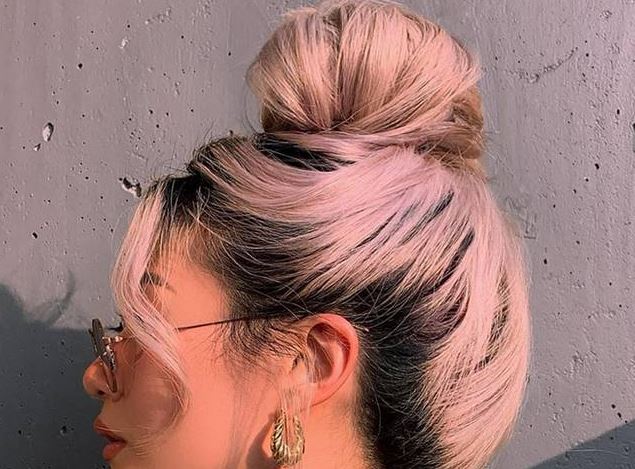 |
| How to Create a Messy Bun: Effortless and Chic |
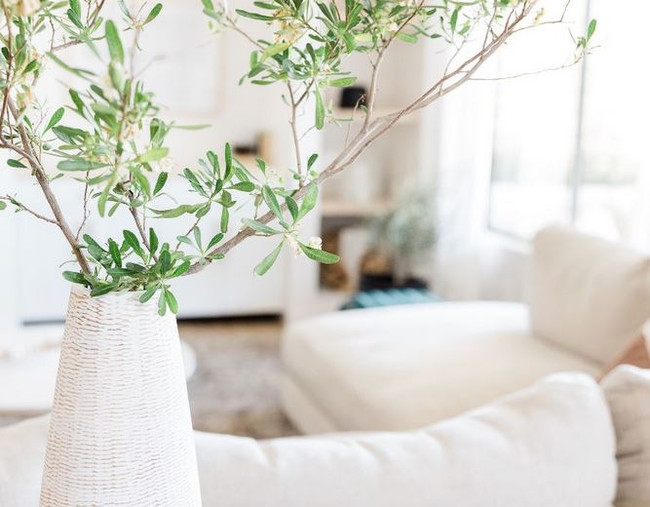 |
| How to create a calming and peaceful home environment |
 |
| Choosing the Right Highlighter for Your Skin Tone |
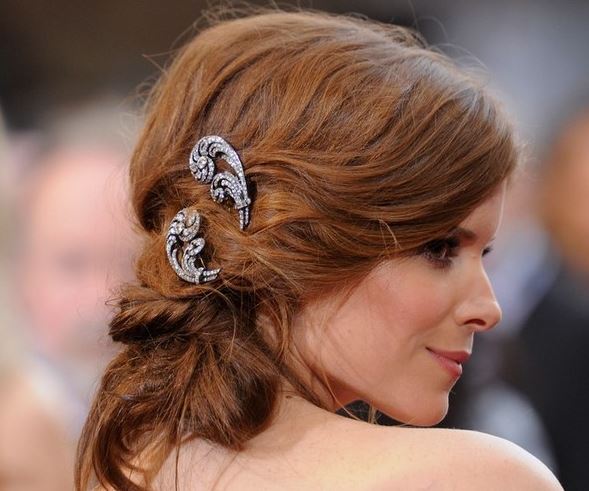 |
| The Art of Updos: Elegant Hairstyles for Formal Events |
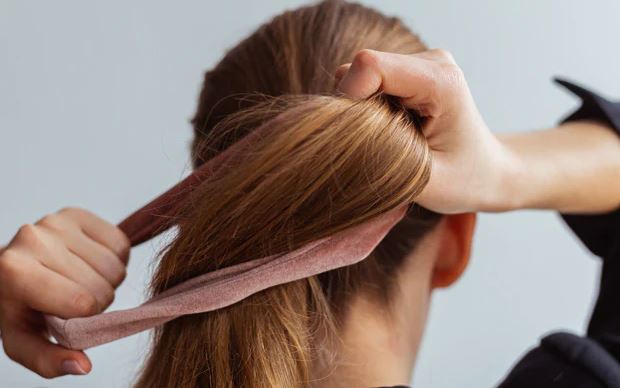 |
| The Art of Hair Wrapping: Protecting Your Hair while Sleeping |
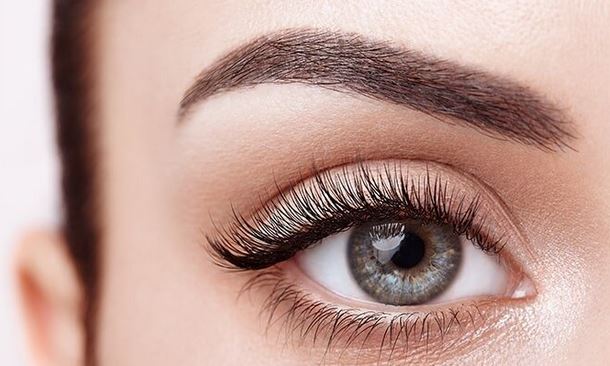 |
| The Art of Perfecting Your Eyebrow Shape |
 |
| Exploring the world of luxury fashion brands |
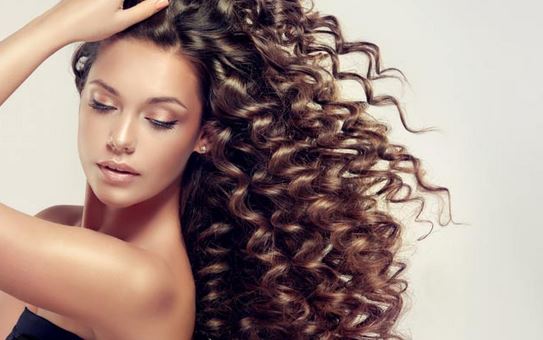 |
| How to Manage and Style Curly Hair |
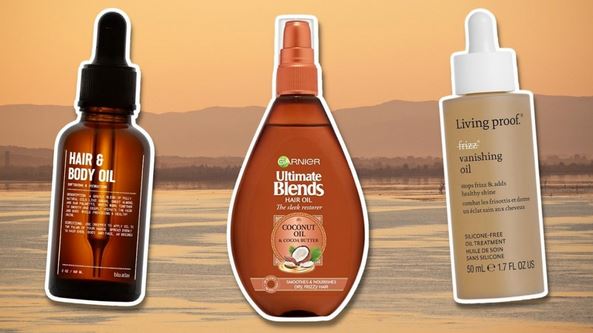 |
| How to Choose the Right Hair Products for Fine Hair |
